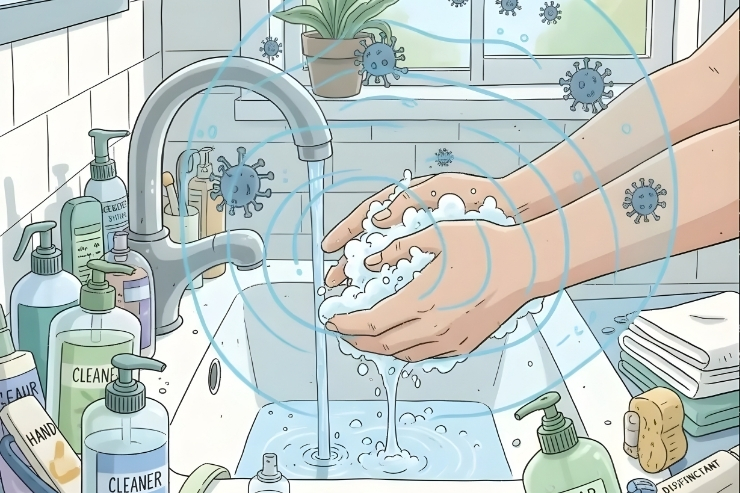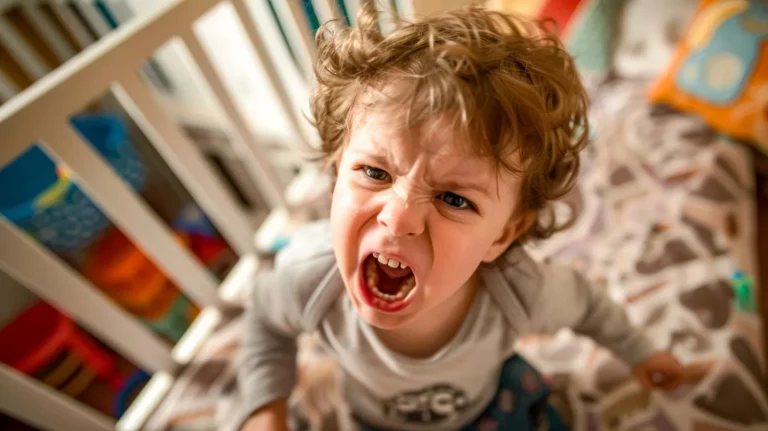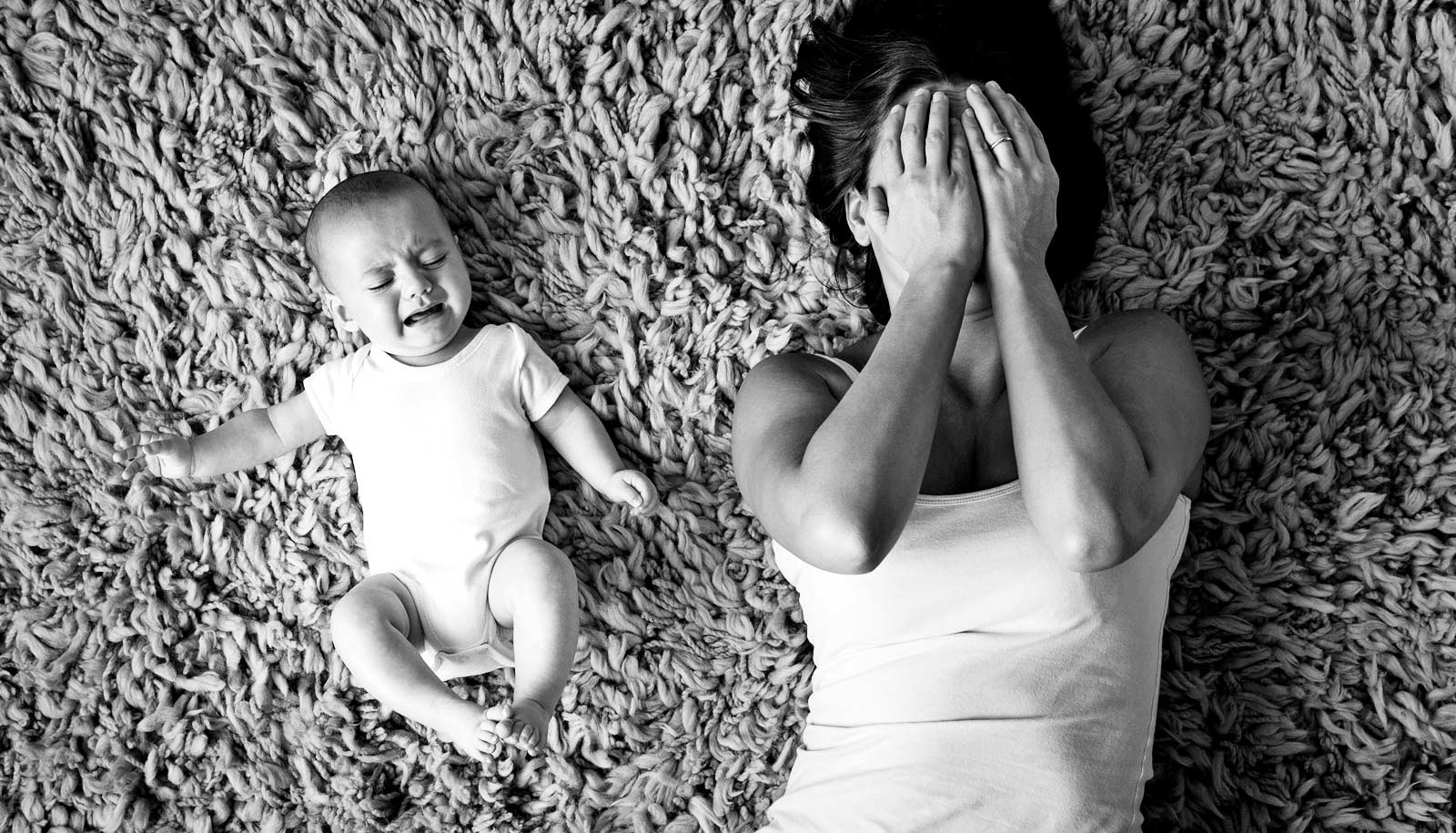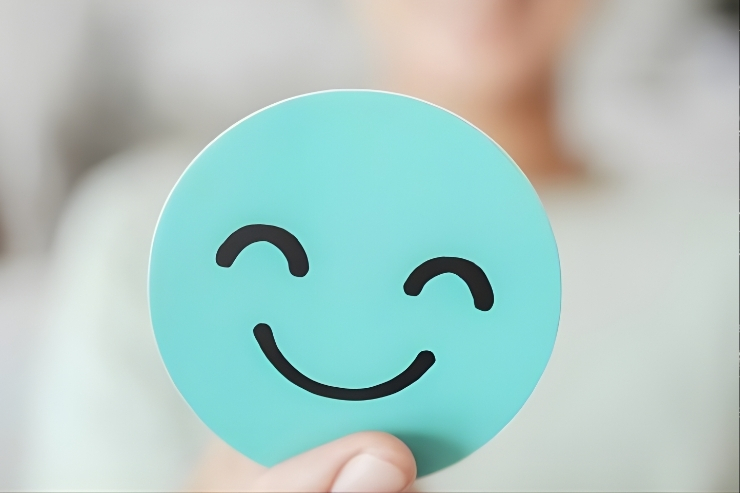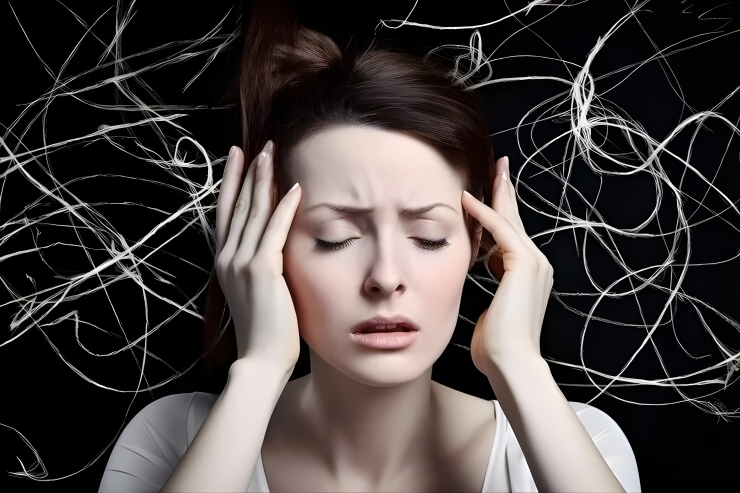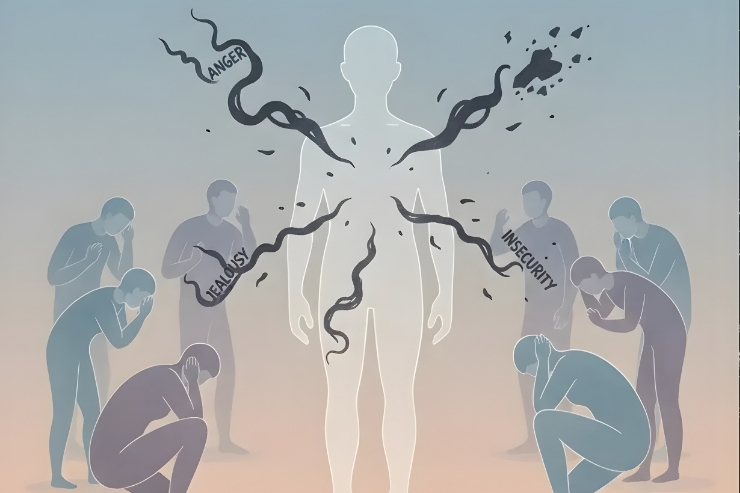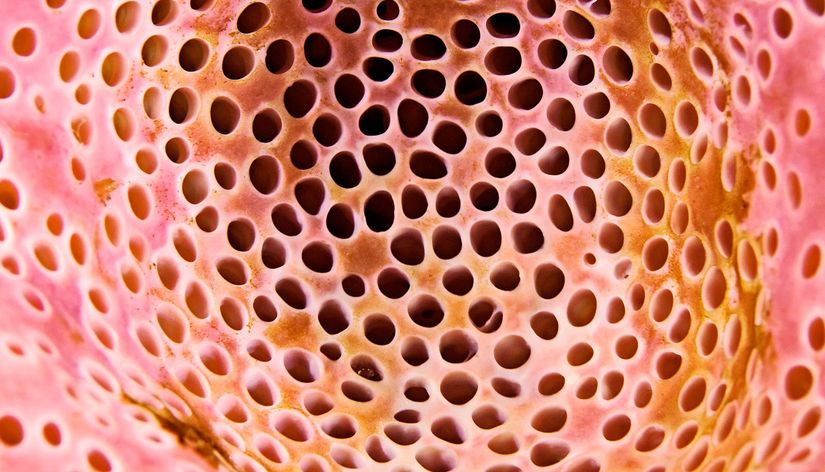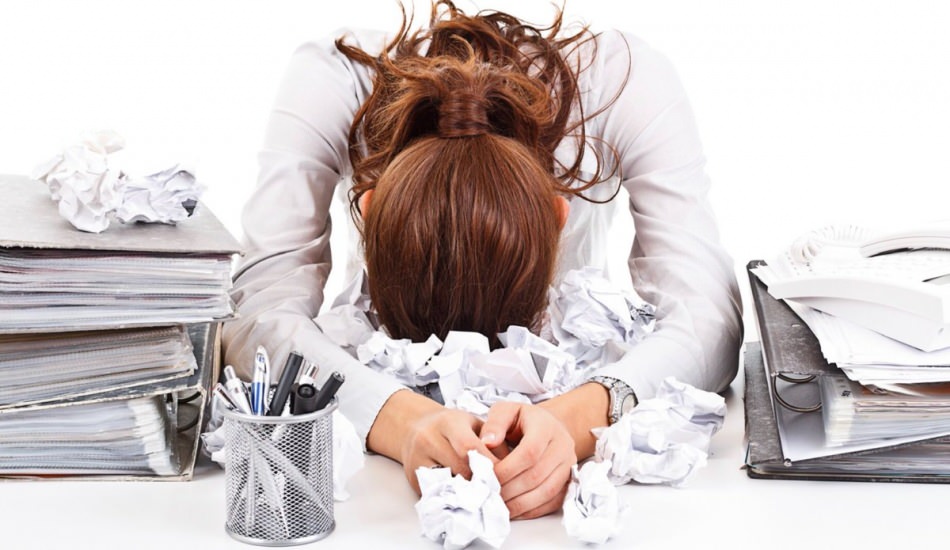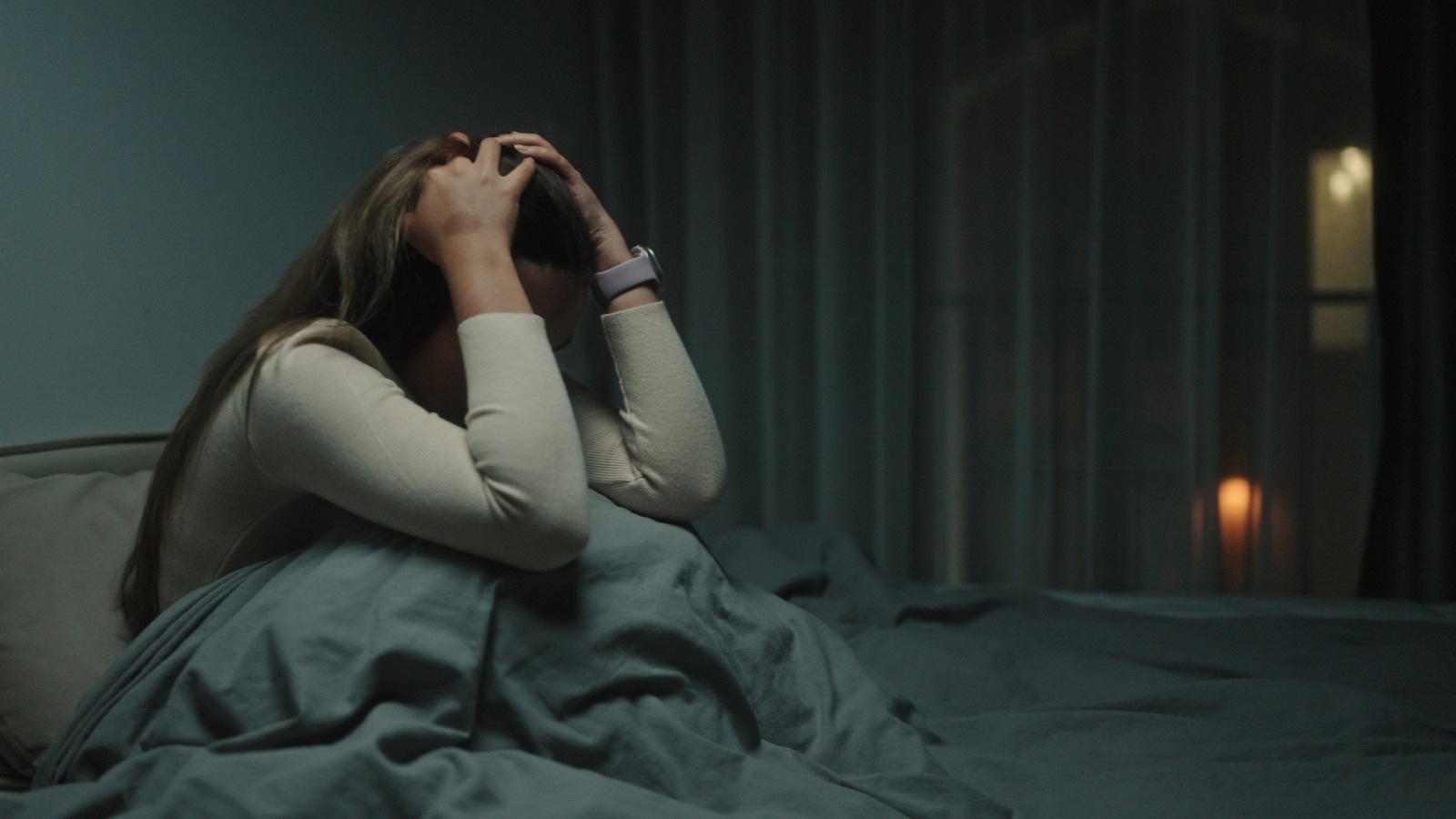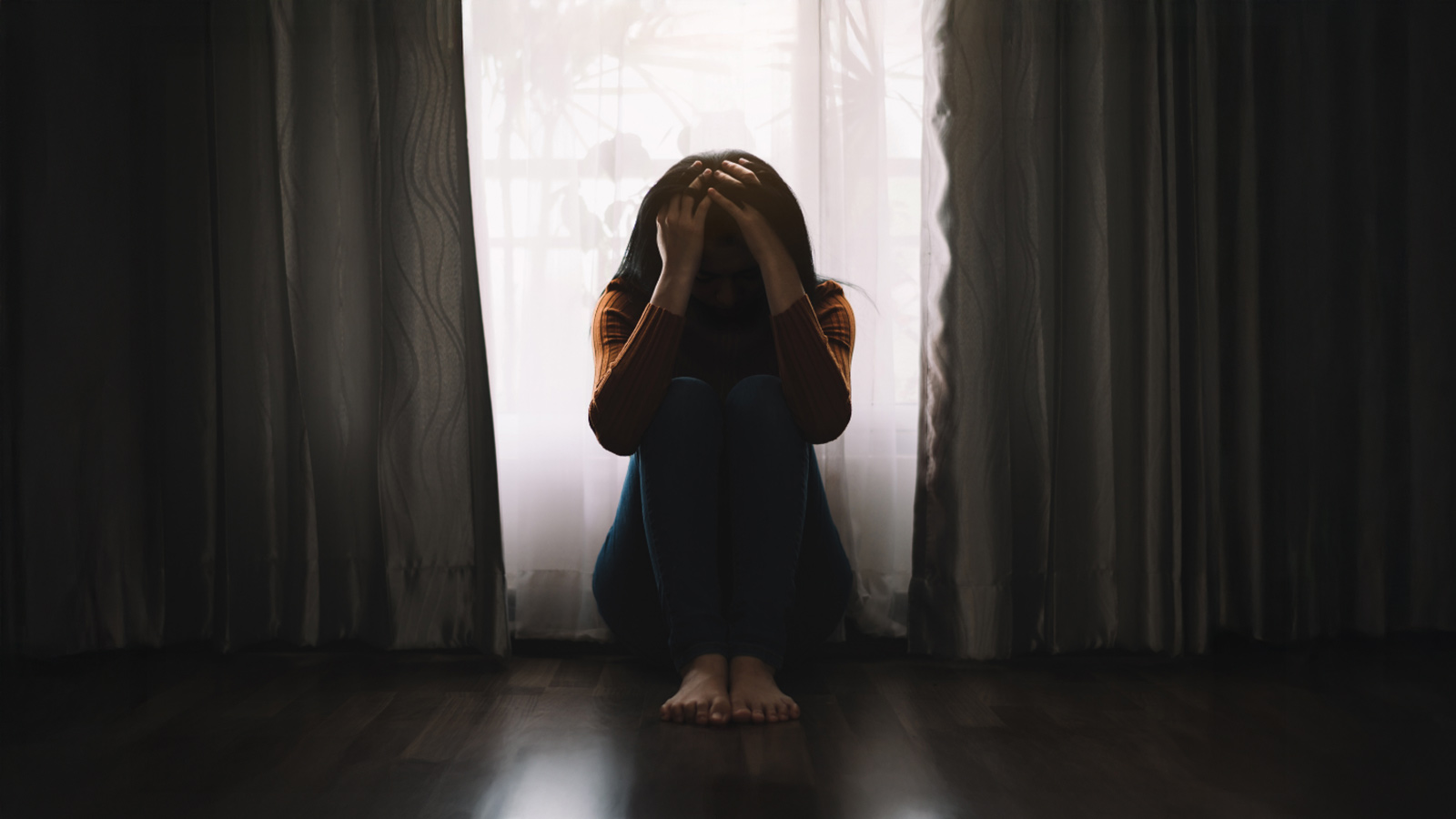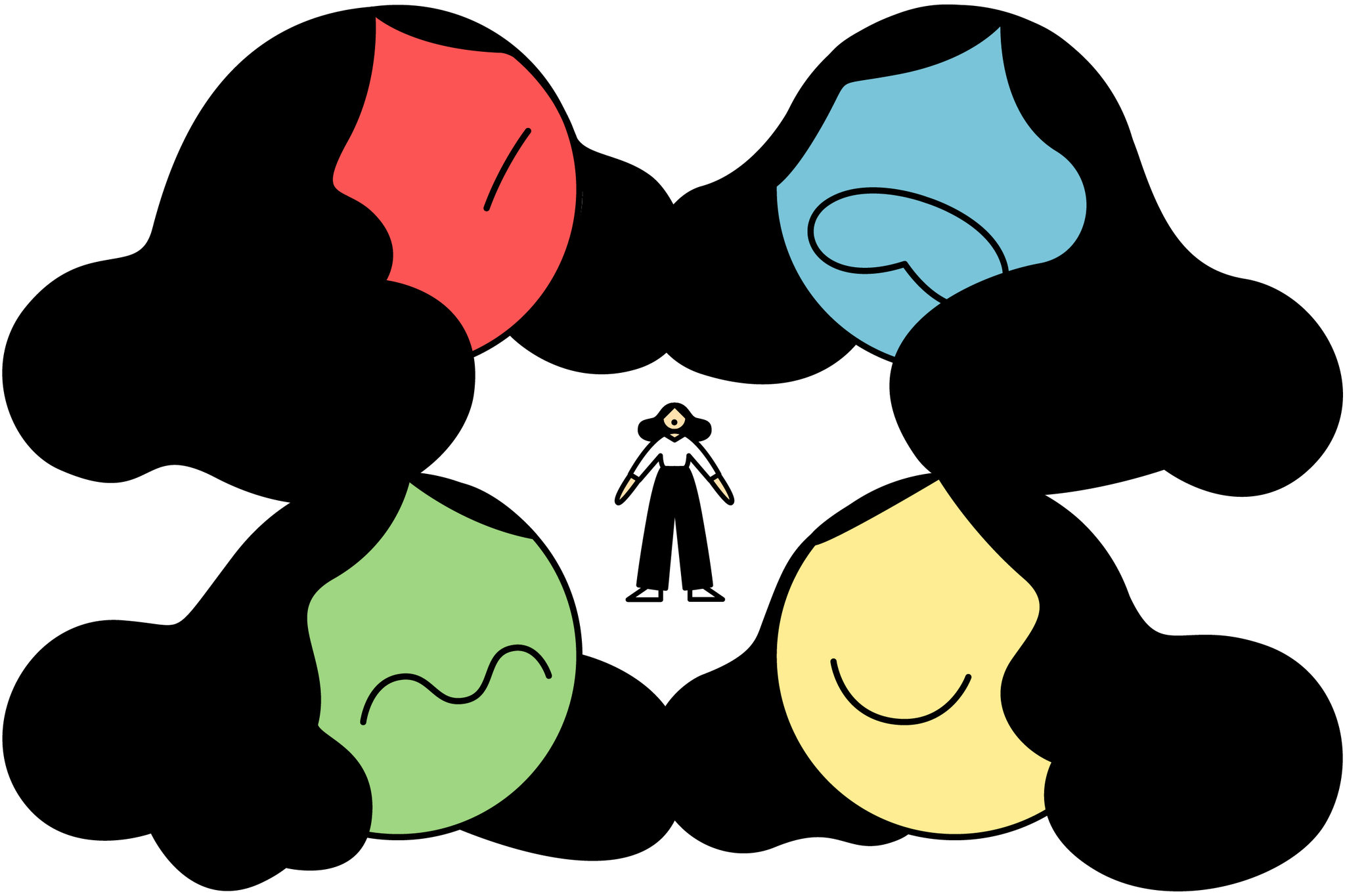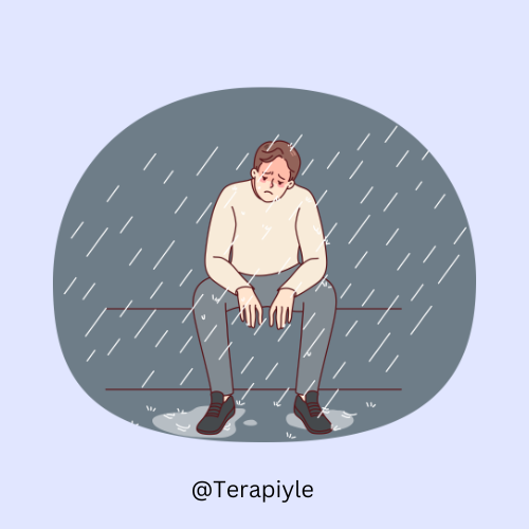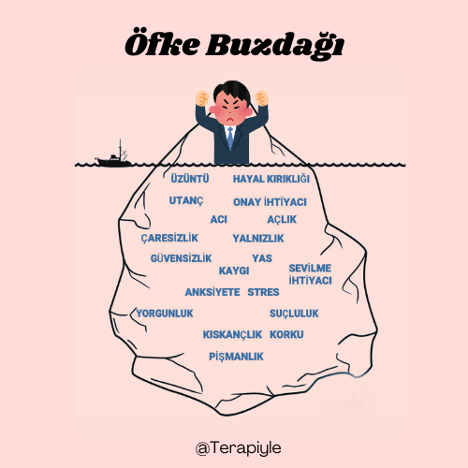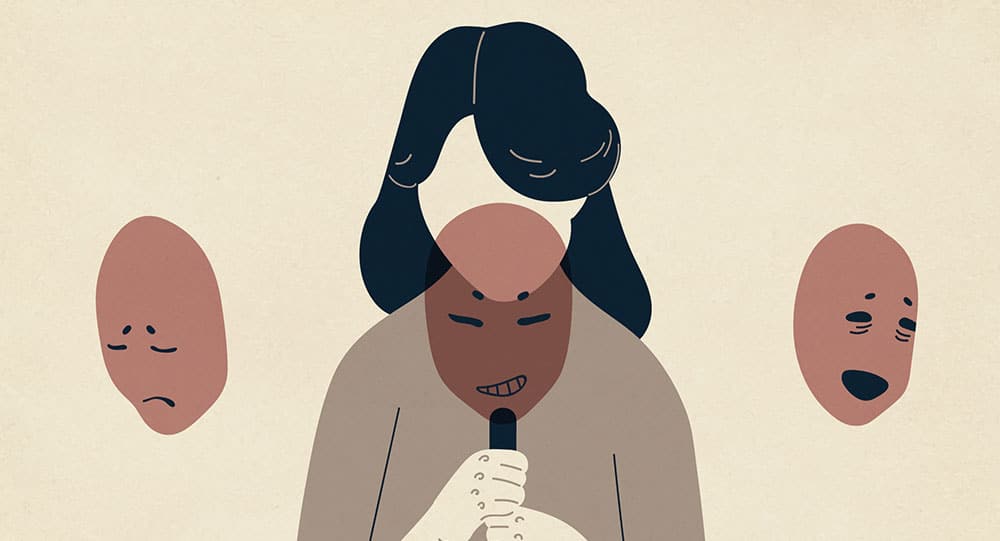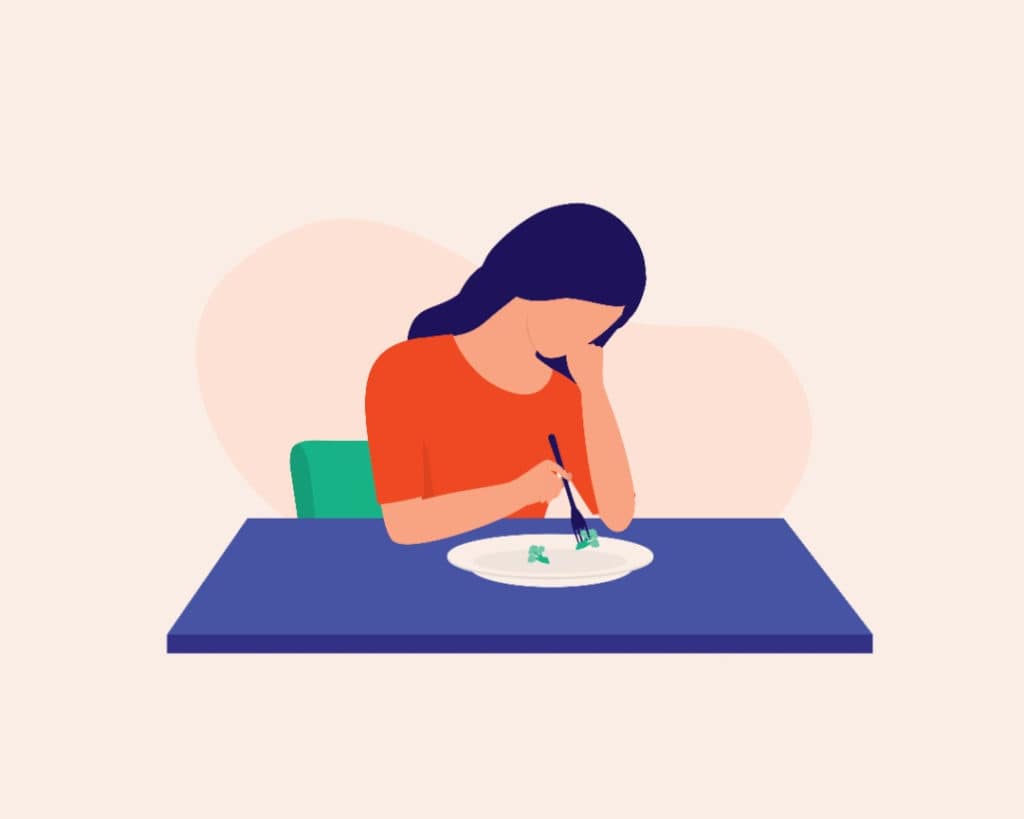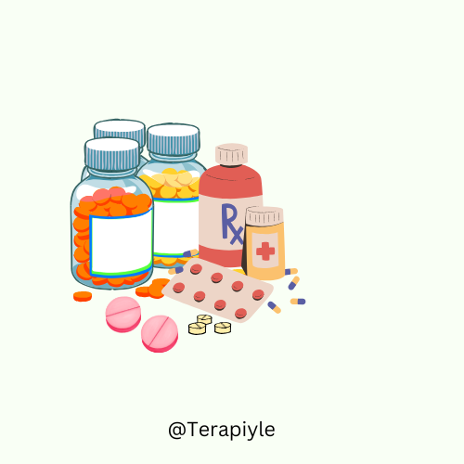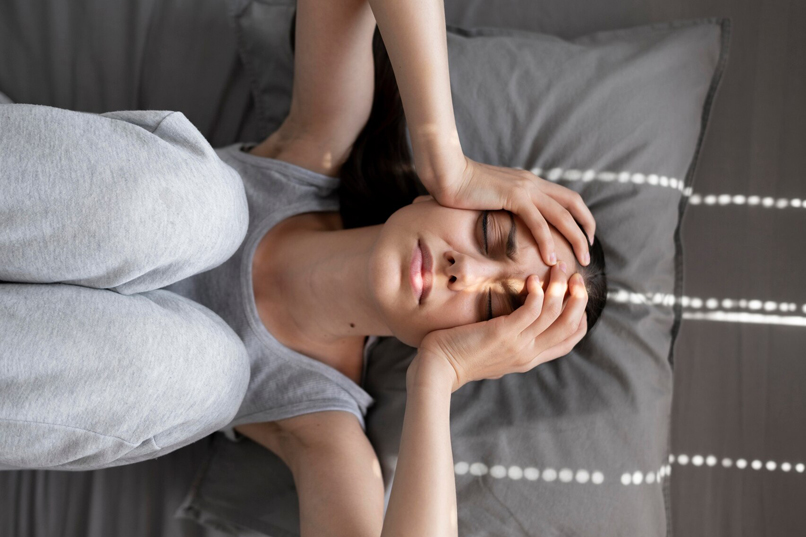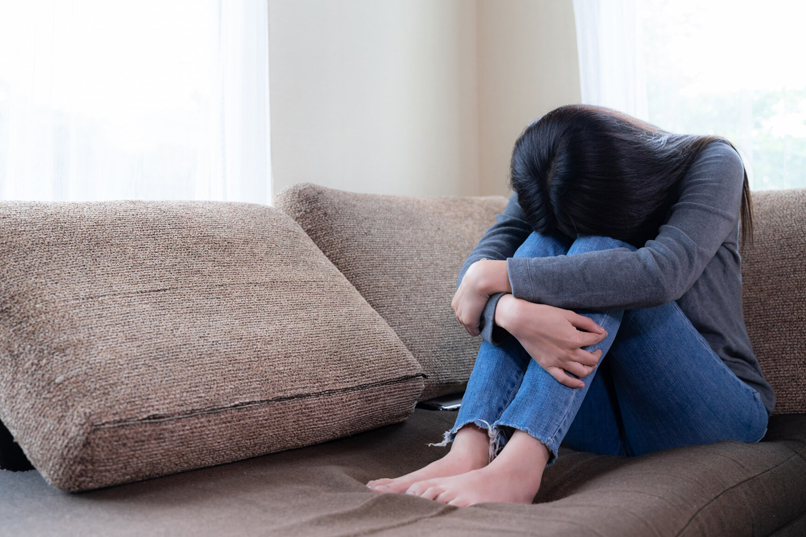What Is Cleaning Disorder and How Is It Treated?
Cleaning disorder is a type of condition known in medicine as "Obsessive-Compulsive Disorder" (OCD). This disorder causes individuals to feel an excessive need for cleaning and order. Cleaning disorder is not only related to personal hygiene but also involves obsessions with keeping environmental factors under control. It manifests through behaviors such as frequent washing, excessive use of cleaning products, and the need to keep everything in a specific order.
Symptoms of Cleaning Disorder
Some common symptoms observed in individuals with cleaning disorder include:
- An excessive need to be clean.
- Feeling discomfort in dirty or disorganized places.
- Obsessive thoughts about hygiene.
- Constant handwashing or cleaning of objects.
- Anxiety or restlessness when cleaning is not performed.
- A desire to control others’ hygiene habits.
These symptoms can significantly affect a person’s daily life. Individuals may experience intense anxiety when they are unable to perform these cleaning behaviors, believing that everything around them is contaminated.
Causes of Cleaning Disorder
Although the exact cause of cleaning disorder is not fully known, several factors may trigger the condition:
1. Genetic Predisposition: Individuals with a family history of OCD or similar conditions may have a higher risk of developing cleaning disorder.
2. Brain Chemistry: Chemical imbalances in the brain, particularly involving serotonin levels, may contribute to the development of such disorders.
3. Environmental Factors: Stressful life events, trauma, or an excessive need for control may trigger cleaning disorder.
Treatment Methods for Cleaning Disorder
Cleaning disorder is a treatable condition. The following treatment methods can help reduce its effects and improve individuals’ quality of life:
1. Psychotherapy
Cognitive Behavioral Therapy (CBT): One of the most common treatments for cleaning disorder, CBT helps individuals change negative thought patterns and develop healthier behaviors.
2. Medication
Antidepressants: Selective serotonin reuptake inhibitors (SSRIs) are often used in the treatment of OCD. These medications can help regulate the brain’s chemical balance.
3. Exposure and Response Prevention (ERP)
This type of therapy focuses on helping individuals face anxiety-provoking situations and learn how to respond to them. For those with cleaning disorder, this may include learning to refrain from cleaning behaviors.
4. Support Groups
Support groups, where individuals with similar challenges share their experiences, can help reduce feelings of isolation and provide motivation during treatment.
Conclusion
Cleaning disorder is a condition that can negatively impact an individual’s quality of life. Recognizing its symptoms and understanding treatment options are crucial for achieving a healthier lifestyle. If you or someone you know shows signs of cleaning disorder, it is important to seek professional help. With proper treatment, this condition can be managed, allowing individuals to lead more peaceful and balanced lives.
